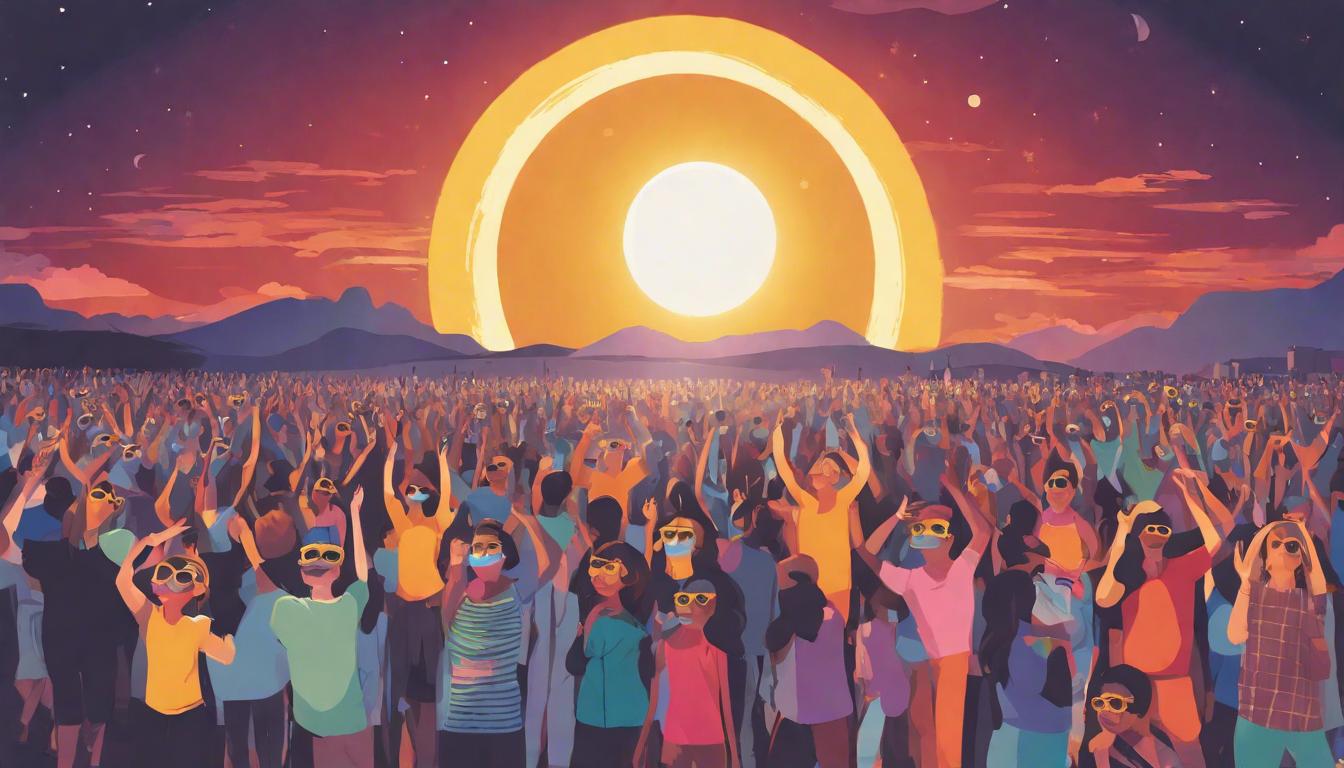Millions in North America, along with parts of the UK and Ireland, are set to experience a rare total solar eclipse on April 8, 2024, with the event offering a unique spectacle and drawing international attention despite potential weather challenges.
Millions across North America, including parts of the UK and Ireland, are gearing up to witness a captivating total solar eclipse on April 8, 2024. This rare celestial event will see the moon completely block the sun, casting a shadow over a path stretching from Mexico’s Pacific coast to the Atlantic Ocean, encompassing parts of the US and reaching as far as Canada. The path of totality is expected to darken skies in a 115-mile-wide stretch, promising a unique spectacle for approximately 31.6 million residents living directly within its reach.
The eclipse is predicted to start at 1:30 PM CT and conclude by 3:35 PM ET, with its peak visibility varying by location. While the total eclipse will primarily be a North American phenomenon, Europe, particularly the UK and Ireland, will experience a partial eclipse, offering a glimpse of the sun’s obstruction.
Weather conditions, however, pose a significant concern for optimal viewing. Forecasts indicate potential cloud cover in parts of Texas and the UK, potentially obstructing views. Conversely, areas in northern New England and Canada are expected to have clear skies, enhancing the prospects for an unimpeded view of the eclipse.
Preparations are underway in cities along the eclipse’s path, with local authorities in areas like Kerr County, Texas, expecting populations to double or even triple. This has led to the deployment of additional resources, including fuel and portable toilets, to accommodate the anticipated influx of visitors. Some locales have declared disaster declarations to ensure adequate resource allocation.
Safety remains a paramount concern, with motoring experts in the UK warning drivers of the potential road hazards posed by the reduced visibility during the partial eclipse. Authorities advise against direct viewing of the sun without proper safety glasses or solar filters to prevent eye damage.
NASA plans to livestream the event, offering a virtual viewing experience for those unable to witness the eclipse firsthand. This event follows a similar eclipse in 2017 and precedes another expected in North America in 2033.
Overall, the 2024 total solar eclipse promises to be a memorable experience, drawing spectators from across continents, despite concerns over weather and visibility.













